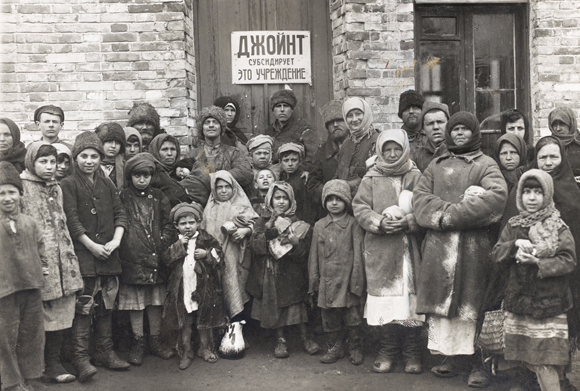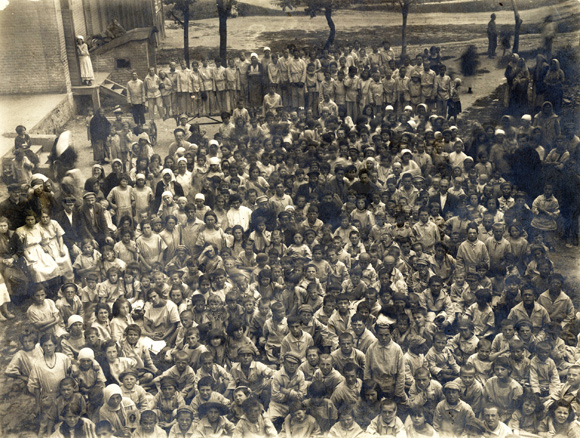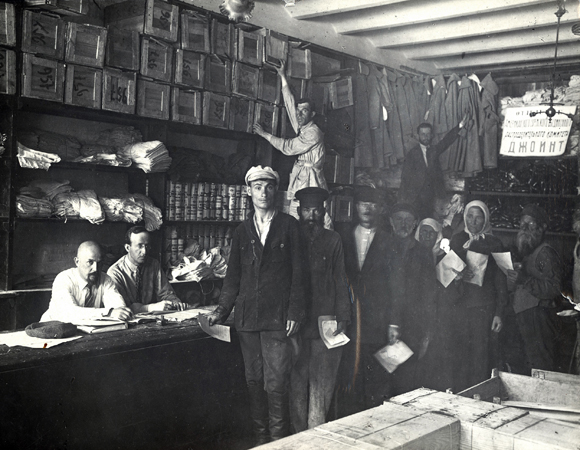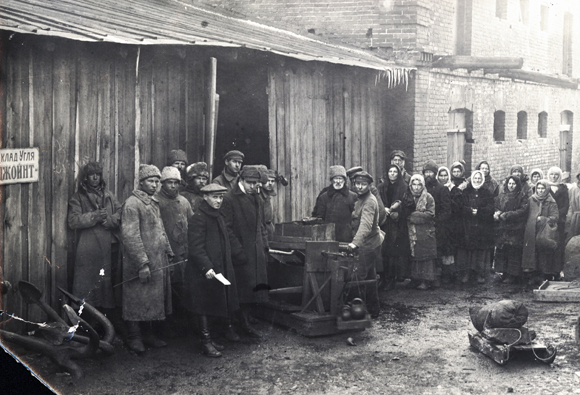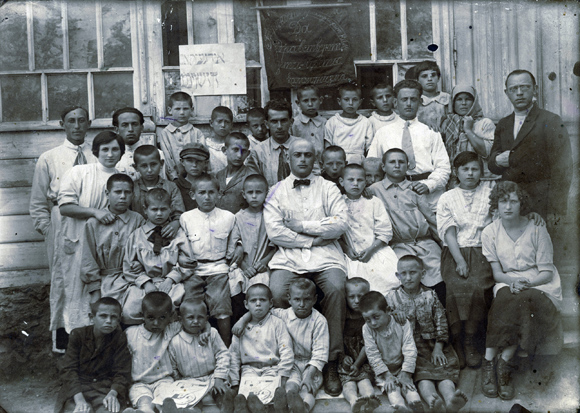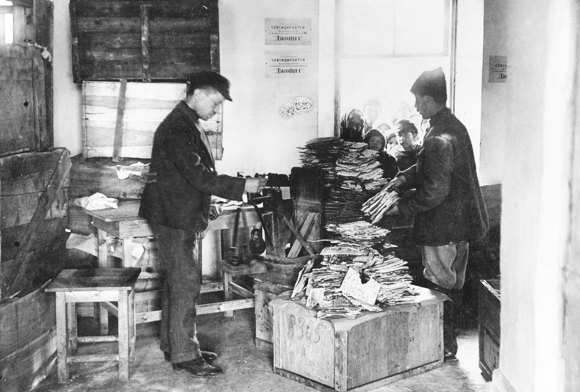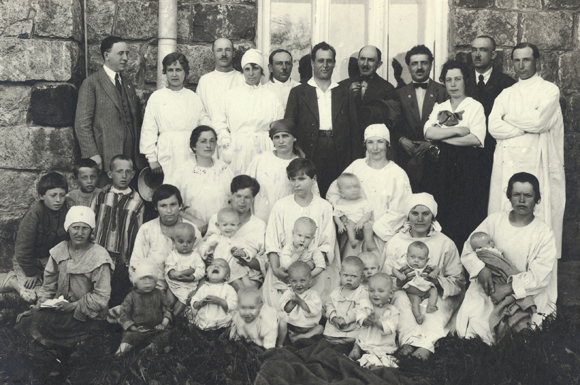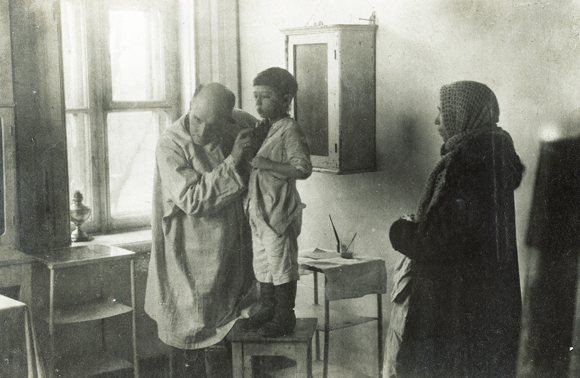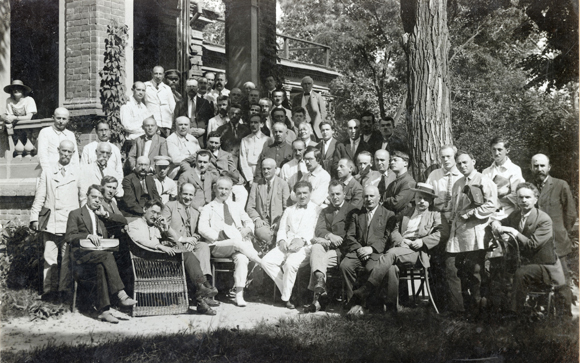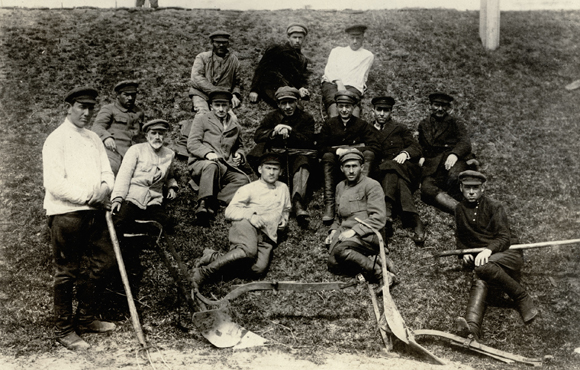Tumultuous Times - Great Needs
Russian crops had been seized during periods of war and civil strife; farmers cut back production in response. Revolutionary shifts in land ownership worsened conditions, and finally, drought brought famine. Beyond the threat of starvation, Jews suffered further ravages from pogroms. The Soviet Union accepted outside aid from the American Relief Administration (ARA) in August 1921 until June 1923. JDC partnered with ARA to bring food and medical relief to the region. In late 1922, JDC also initiated its own programs.
Averting Starvation
As the largest single donor to ARA programs in the Soviet Union, JDC spent about 8 million for nonsectarian relief through 1922. Although Soviet authorities denied famine in the Ukraine, JDC persuaded ARA to investigate conditions there. By August, 2 million Ukrainians survived thanks to soup kitchens, food packages, clothing, fuel, and orphan care.



A Freer Hand
In late 1922, JDC obtained Soviet permission to operate on its own in Russia independently from ARA. This enabled JDC to supplement existing levels of food, clothing, shoes, medicine, and fuel provisions. To make relief work more constructive, local Jewish welfare institutions were revived or created: homes for orphans, the disabled, and the elderly.



Prescription for Health
The Russian Revolution left large masses of Jews labeled as “unproductive citizens” by the State. Those who made their living in trade, along with the elderly, disabled, and unemployed, were deemed ineligible for medical attention and other government services. JDC organized or reequipped 54 local medical institutions, to serve this population.


A Leg Up
By late 1922, JDC’s efforts for Russia’s Jews expanded beyond relief to reconstruction programs geared at making them economically self-sufficient, respected members of the new Soviet society. Industrial development was still quite limited. JDC supported handcraft training, artisan cooperatives, interest-free loans, and an expanding agricultural program.



